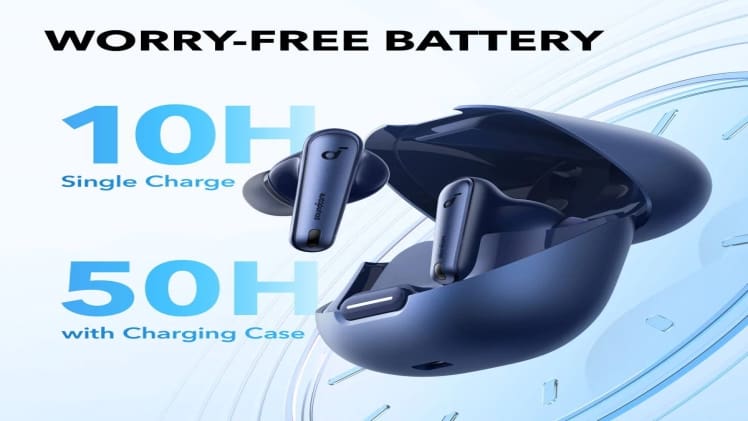True wireless earbuds are designed to do one thing and do it well: deliver music to your ears while staying out of the way. There’s more to having these convenient small earpieces than just making sure they’re charged, pairing them with a Bluetooth source, and shoving them in your ears. There are a few simple, no-cost steps you can take to get the most out of your wireless earbuds in terms of sound quality and durability, and many different models have apps with hidden features that can make your life easier. With any luck, this essay will shed light on some previously unknown facts and provide some useful cleaning strategies.
Things You Should Avoid Doing with Your Wireless Earbuds
1. Never use ANC in tranquil areas.
It can be tempting to always have your wireless headphones’ active noise cancellation (ANC) feature engaged. To conserve battery life and prevent ANC’s processing from bike rent in shimla diminishing your hearing quality, which is more noticeable in quieter environments, we advise turning it off whenever possible.
Music, especially at higher frequencies, can suffer from compression and a lack of dynamic range when using active noise cancellation since the technology analyzes ambient noise and generates an inverted sound wave to cancel it out.
2. Keep dirt and grime away from key interfaces.
If the three contact points on the earphones and the ones in the case don’t make a good enough connection, your true wireless earbuds won’t charge in the case. This can be caused by grime on either end.
Keep the charging case closed while not in use and avoid leaving them exposed to the elements or being cleaned with a tissue or cotton bud.
3. Do not let the charging case get low.
Check the number of illuminated LEDs on the charging case when you return the headphones or use the app to see how much power is left in the earbuds. It’s one thing to put your earbuds back in their charging case when they’re almost dead, but it’s quite another to find yourself in a pinch with an empty case.
4. Give it some time to get snug.
Earphones with the incorrect ear tip size can make music sound tinny and bass-less, or thick and muffled; they may also slip out of your ears or cause a feeling of being blocked. Earphone tips can be found in three different sizes: tiny, medium, and big. It’s important to get the appropriate fit for the best possible listening experience. Gently push the points into your ear canal and rotate them 45 degrees to try out different sizes. The best-fitting headphones create a tight seal over your ear canal, reducing ambient noise without causing discomfort.
5. Limit battery drain.
To get more use out of your wireless earbuds’ battery life, turn off active noise cancellation (ANC) and turn down the volume. Overcharging the earbud case decreases the lifespan and performance of the batteries.

Batteries will be depleted if you leave the charging case in extreme temperatures. Even though you want your headphones to work properly, many of them allow you to choose between optimal sound and battery life with a simple app setting. Turn off equalization, automatic noise cancellation, and multipoint connectivity to conserve battery life.
6. Think about supporting several simultaneous connections.
Multipoint capabilities, which allow two sources to be connected simultaneously, are also showing up in wireless earphones. We’ve all been in a situation when we’re listening to music on our laptops with Bluetooth headphones, and a call comes in, forcing us to either unpair and repair our phones or remove the earphones entirely. That’s an issue that’s resolved by using multipoint. It’s a lifesaver if you’re trying to multitask while watching Netflix on your iPad and talking on your phone.
7. Ponder on the Bluetooth codecs.
In addition to the standard SBC and AAC Bluetooth codecs, many true wireless earphones, especially at the premium end of the market, support codecs of a better quality. Even if your headphones or earbuds boast support for a higher-quality wireless codec—say, LDAC or aptX HD/Adaptive Bluetooth—you won’t be able to make use of it until your phone or other source device does as well. Not all earbuds and phones can automatically detect a compatible codec, so it’s always a good idea to double-check the Bluetooth settings on your device.
Conclusion
Ensuring that you do not do anything that can damage your earbuds is important especially if you can’t live without them. Written above are just some of the tips that we know can help you so you must remember everything starting from not using the ANC feature in quiet places, keeping dirt away from the earbuds, limiting battery drain, using appropriate connections, and utilizing the right Bluetooth codecs.

